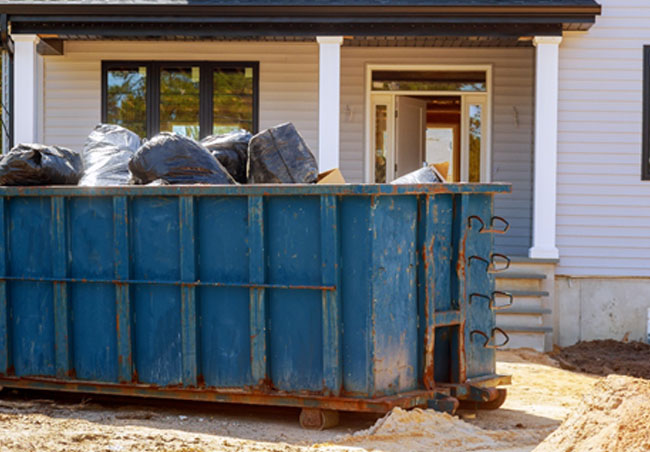National and local governments are responsible for proper waste management and regulation. They must follow legislation, programs, and policies on waste management and implement these laws to their jurisdiction and constituents.
The 1992 National Strategy for Ecological Sustainable Development by the Council of Australian Government (COAG) has provided guidelines on how to completely approach the management of solid waste—both for commercial properties and residential homes.

Recycling And Waste Management
Wastes are products or materials that are abandoned, discarded, or rejected. They can either be converted to energy, recycled, or completely disposed of. Examples of waste are glass, plastic, metal, paper, yard and kitchen waste, or other organic and household wastes.
Waste management authorities have also created an essential framework through a waste management hierarchy that ranks the proper ways of dealing with waste. The order may also depend on the preferences of the municipal, commercial, industrial, and construction sectors.
The hierarchy is listed from most preferable down to the least preferable way of managing or disposing of waste:
- Avoid And Reduce Waste
The first in the hierarchy tackle the prevention of waste generation. It is the stage wherein industries, government, and communities are encouraged to limit the use of raw materials when manufacturing products and services.
- Reuse Waste
The second stage encourages the reuse of materials. Commercial and household waste can be repurposed to avoid spending on new materials and adding more waste.
- Recycle Waste
This involves the processing of waste materials, such as paper, to transform them into new products instead of being sent to landfills. It is ranked third in the hierarchy because there is an extra layer of energy and resources required to create the recycled product.
- Recover Energy
The fourth stage focuses on the recovery of energy or materials when recycling is not possible. This could use the processes of gasification, incineration, anaerobic digestion, and pyrolysis. An example is feeding recovered energy to generate electricity.
- Waste Treatment
Hazardous chemicals and asbestos that cannot be reused or recycled are treated or stabilized for proper disposal. This is done to lessen their harmful impact on the environment upon disposal.
- Disposal
When materials cannot undergo any of the first four stages, they are sent directly to landfills for incineration. This is the last stage in the hierarchy as it is the most unsustainable and damaging method of disposal. Hence, it is only used as a last resort.
What Residents Must Do For Better Waste Management
The government of Australia has also created guidelines for residents to participate in proper waste disposal and management. The aim is to minimize the waste or garbage that ends up in local landfills. Below are the most important things to remember:
- Familiarize Recyclable Items
Australia is known for requiring its citizens to recycle bottles in designated bins. But other than bottles, there are a few other items that the Container Deposit Systems Australia (CDSA) encourages to be recycled:
- Plastic containers such as food containers, drink containers, hard moulded plastic, and plastic glasses
- Glass such as wine bottles, food jars, and beer bottles (no broken glass)
- Paper and cardboard such as milk cartons, boxes, paper plates, and wrapping paper
On the other hand, the CDSA listed the following materials as non-recyclables:
- Plates and cutlery made of plastic
- Plastic Christmas trees, fairy lights, and tinsel
- Napkins and tissue papers where there is too much grease and leftover food
- Wine bottle corks
It is recommended that families know the differences between recyclables and non-recyclables. There are waste bin hire services that can be availed of. Through these services, professionals can help segregate and minimise waste.
- Identify And Mitigate Waste Management Risks
The Occupational Safety and Health Act of 1984 listed risks associated with waste management that both residents and waste collection workers must also be aware of:
- Cuts and lacerations
- Vermin
- Odours
- Dust
- Building and infrastructure damages
- Injuries from manual handling
- Building design and collection vehicle conflict
- Biohazards
Residents are encouraged to use waste bin storage for organic waste, general waste, and materials for recycling. These storages are set by the local government that manages the waste sector. They have fitted lids that follow the Australian Standard for Mobile Containers and can prevent the risks listed above.
In Conclusion
Waste management is a core component of environmental conservation efforts. Residents must adhere to the laws and regulations set by the government to help reduce risks to the environment and public health. And because residents cannot do it alone, the government is providing guidelines, tools, and manpower services to ensure the safety and proper execution of waste management.



